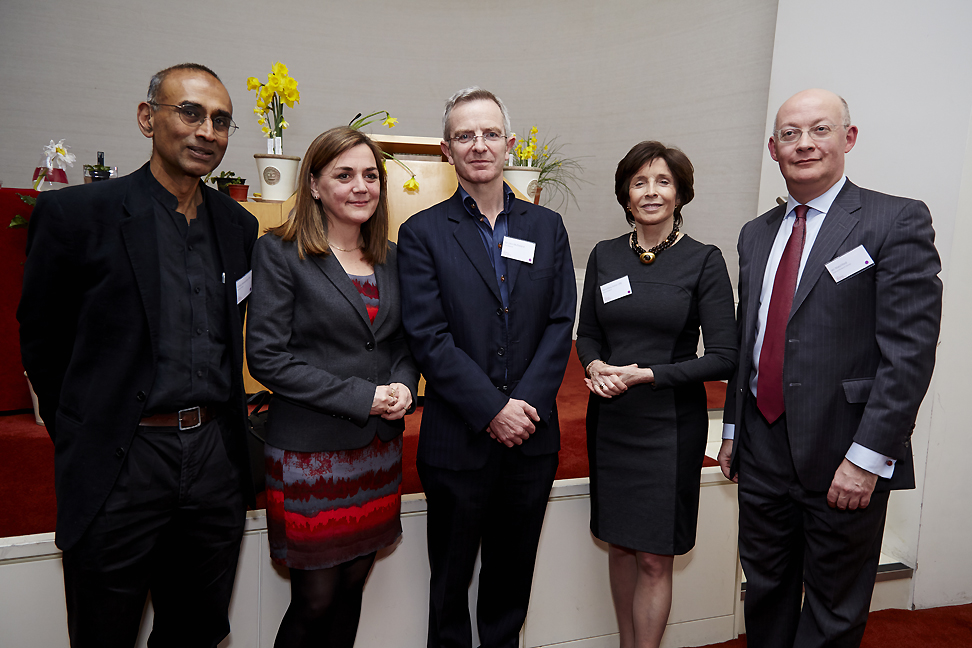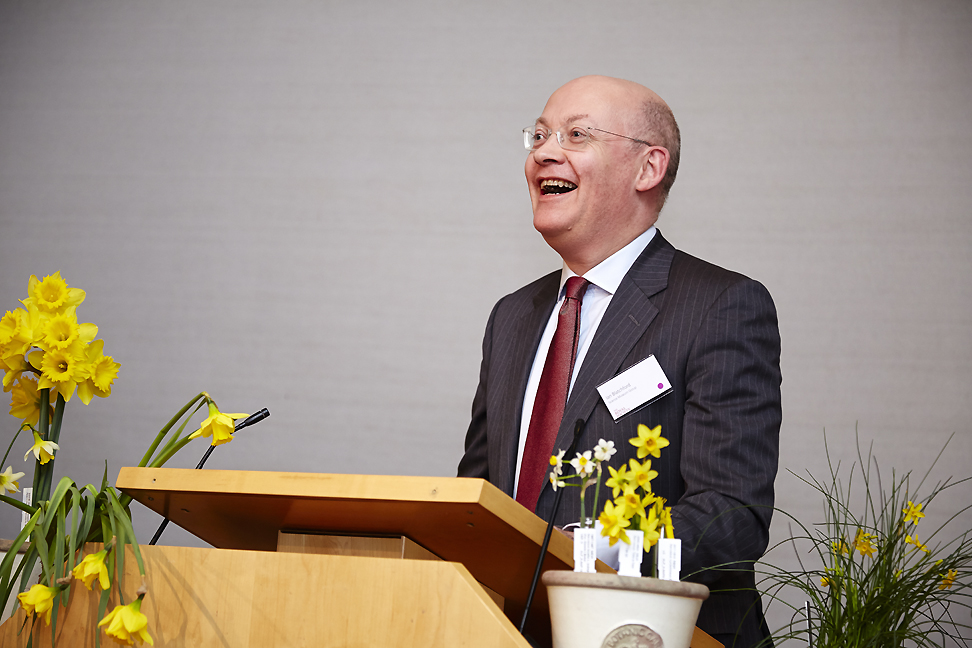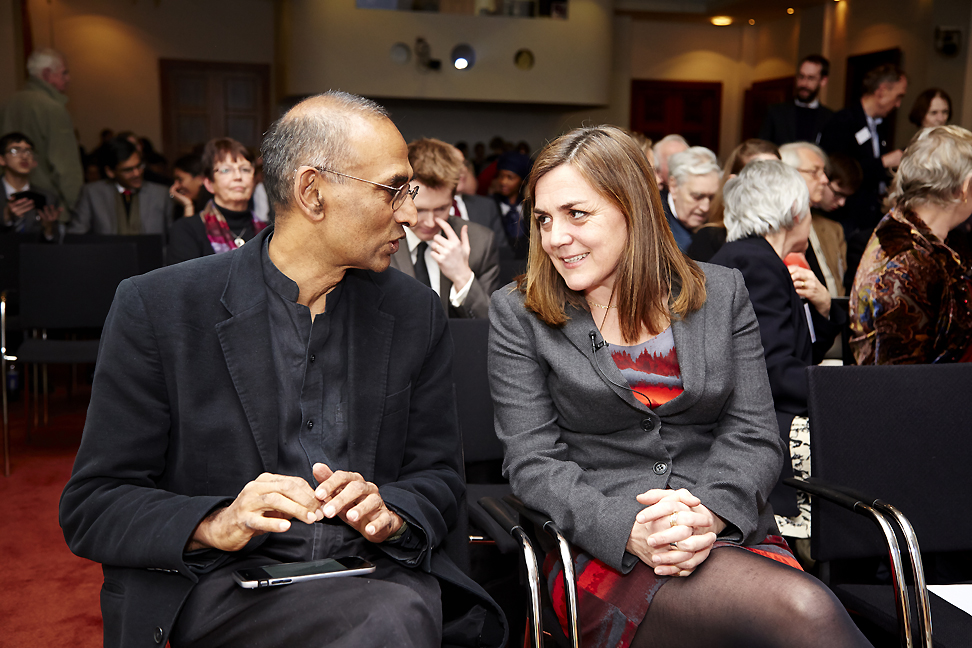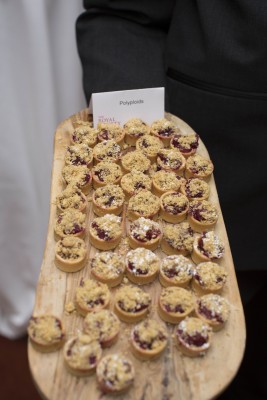The eagerly anticipated Scientists meet the Media party took place at the Royal Society last week, continuing a long tradition of annual gatherings to foster mutual understanding between the inhabitants of Fleet Street and Britain’s laboratories.
Speeches to the audience of several hundred in the world’s oldest academy of science were given by new President of the Royal Society, Nobel laureate Sir Venkatraman Ramakrishnan; Ian Blatchford, Director of the Science Museum Group, and John Mulholland, editor of The Observer.
As Sir Venki put it, the event reminds us all that ‘science is a part of our culture’.

The party was held the same day as the announcement of the discovery of gravitational waves over 100 years after Einstein proposed the general theory of relativity with Sir Venki predicting that ‘we will find out what this means in another 100 years’ .
Mulholland noted that the party seemed to be having an effect: the coverage of science and relationships between scientists and journalists had improved measurably over the last 15 years. Indeed, the party has been bringing together the great minds of science and science journalism since the first was held at the Science Museum in 1992, organised by Roger Highfield and David Johnson, then of The Daily Telegraph.
Blatchford took the time to thank the media for their ‘amazing coverage’ of the Tim Peake launch event at the Science Museum noting that everyone involved recognised the same goal, to inspire a generation to get into science.

Among the leading journalists at the party were blogger Ed Yong, presenter Helen Czerski, BBC science correspondents Pallab Ghosh and Rebecca Morelle; radio broadcasters Claudia Hammond and Adam Rutherford; Phil Dolling, head of BBC events; authors Simon Singh and Linda Geddes; Celeste Biever, Chief news editor, Nature; New Scientist Editor Sumit Paul-Choudhury and veteran reporter Andy Coghlan; Robin McKie, Science Editor of the Observer; Tim Radford, emeritus Science Editor of the Guardian; freelancers Nic Fleming and David Derbyshire; and 2015 Royal Society Winton book prize winner Gaia Vince.
Among the scientists and dignitaries were Dame Mary Archer, Chair of the SMG Board of Trustees, Prof Nicky Clayton of Cambridge University; Dame Athene Donald, Master of Churchill College; psychiatrist Dr Raj Persaud and his wife, Prof Fran Cordiero of University College London; Prof Liz Tanner of the University of Glasgow; Sir John Pendry and Prof Armand Leroi of Imperial College London; Vivienne Parry of Genomics England; Jon Butterworth of University College London; former chief scientist Sir William Stewart; and Professor Steven Cowley , Chief Executive Officer, United Kingdom Atomic Energy Authority and 2015 Nobel prize winner Dr Tomas Lindahl FRS.

The VIP party followed the Faraday Lecture ‘Genes to Beans’ presented by Professor Kathy Willis, who was awarded the prize for her work in science communication. Kathy is the Director of Science at The Royal Botanic Gardens, Kew and Professor of Biodiversity at Oxford, a post she has held since 2010.

She pointed out that the results of a 2010 BBC survey found that 80% of the population thought biodiversity was a washing powder before explaining the differences between diploid and polyploid organisms using a shopping basket metaphor to sum up the effects of having different numbers of copies of chromosomes.
‘The shopping basket is the nucleus of a cell, and the genome is shopping list. In the supermarket you collect two of everything to make a diploid cell. Polyploid is if you go round the supermarket again’.
Her colleagues at Kew made sure that the canapés were either made of diploid or polyploidy plants to investigate what the party goers liked best . Anecdotally, people seemed to like the little strawberries (diploid) rather than the big ones (polyploid), which was unexpected.
Professor Richard Wiseman, University of Hertfordshire, also conducted an experiment to investigate superstition on party goers . In a ‘fairground stall’ run by Science Museum staff, he encouraged party goers to ‘roll up, roll up’ and try to hit targets, aided or unaided by a lucky charm to investigate whether rational scientist are also susceptible to superstition. The results, which are still being analysed, suggest that the lucky charm ‘acted as a placebo, and made people more successful at the games’.

Guests at the party also remembered Michael Hanlon, a ‘fleet street legend’ and former Daily Mail Science Editor who suddenly died a few days beforehand.
Sinéad Carroll is the Team Assistant of the External Affairs & Digital teams at the Science Museum.